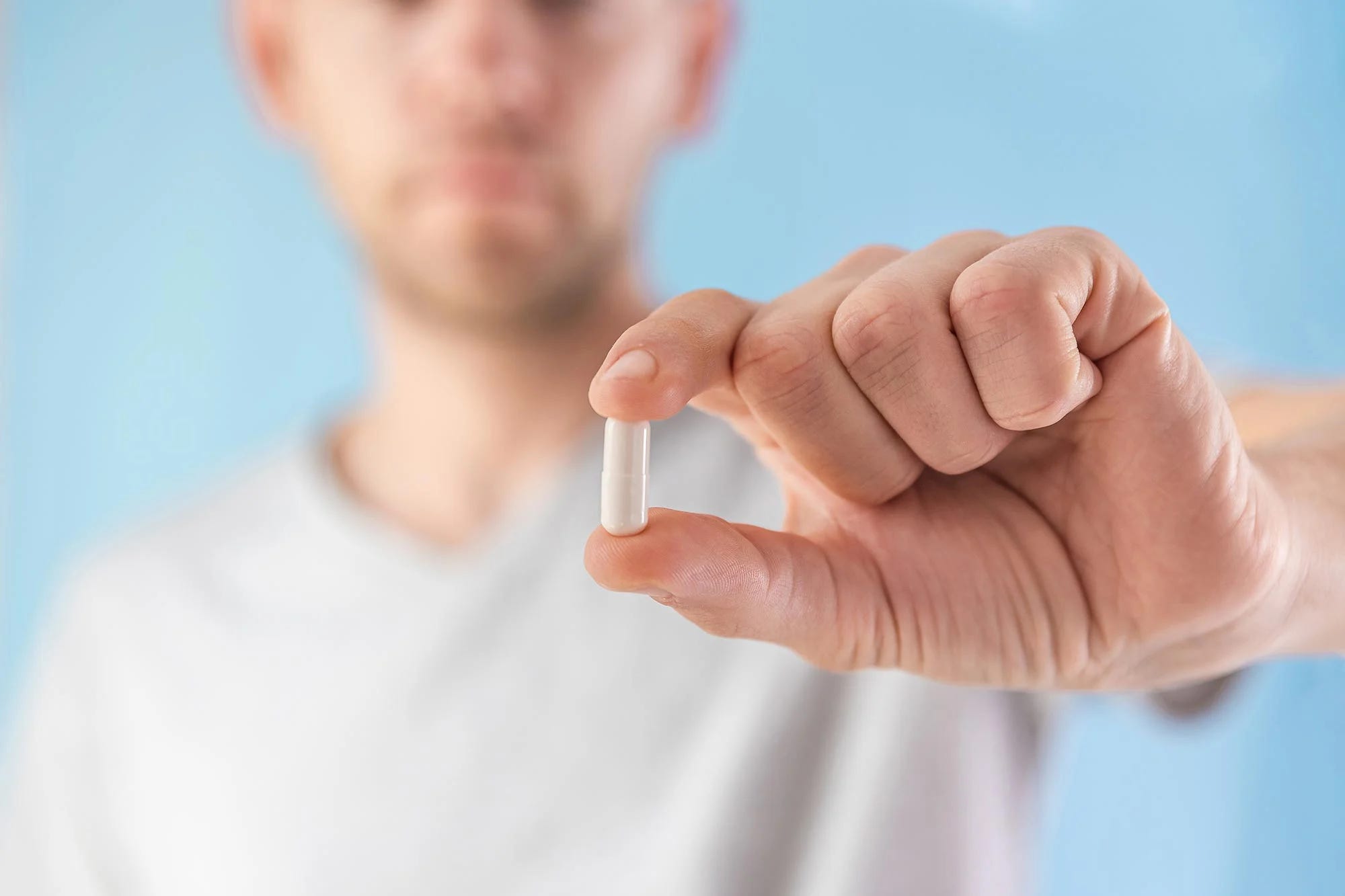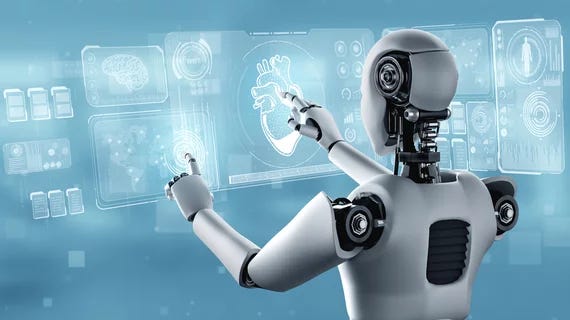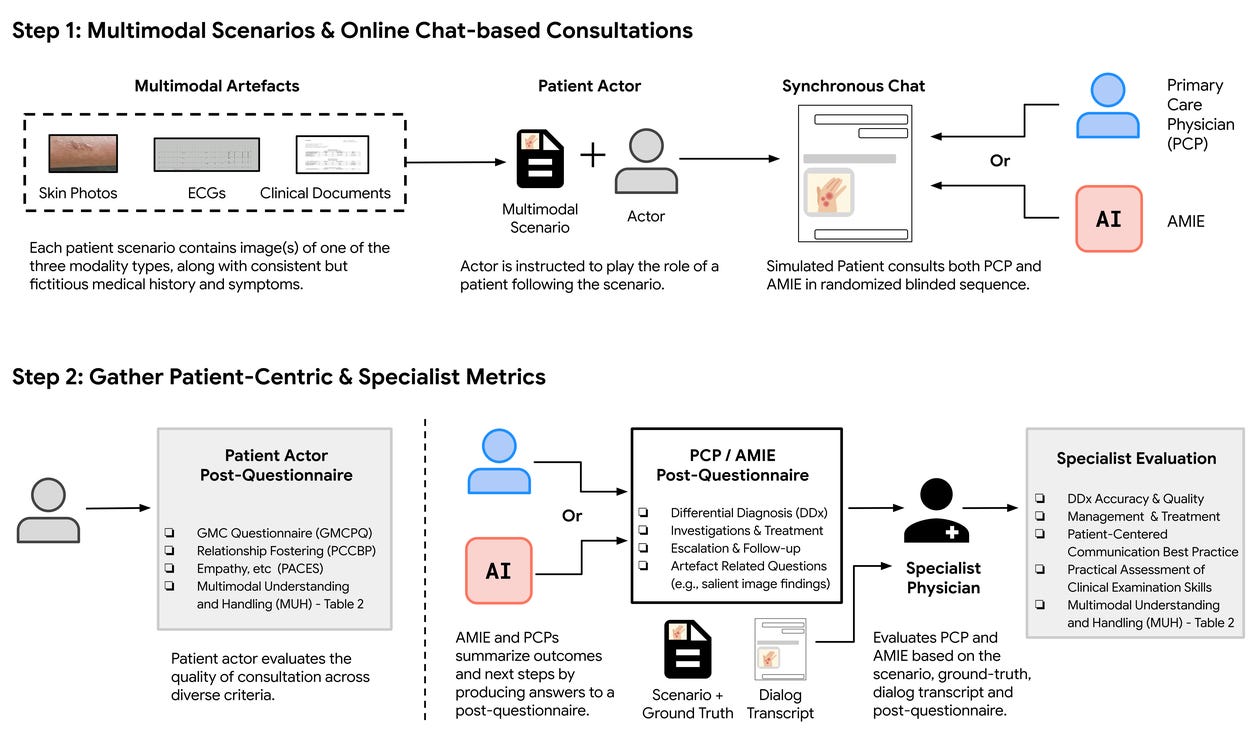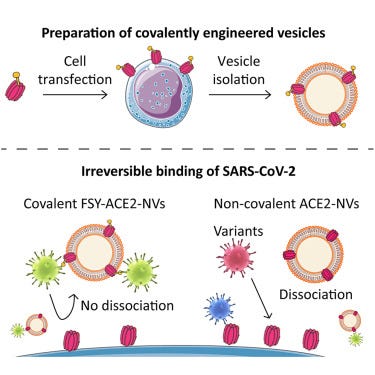🧠 AI & Brain Synergy | 🔬 Cancer Breakthroughs | 💉 Next-Gen Antibodies | 🤖 Co-Scientist AI
Description
The articles highlight innovations in non-invasive kidney stone removal, potential non-opioid pain management, gene therapy, artificial hearts, and the restoration of movement in paralyzed individuals.
1. Non-Invasive Kidney Stone Removal with Acoustic Vortex Beams:
Main Theme: A new technology called "Lithovortex" utilizes swirling ultrasound waves (acoustic vortex beams) to break apart kidney stones non-invasively, offering a potentially faster, easier, and safer alternative to the existing Extracorporeal Shock Wave Lithotripsy (ESWL).
Key Ideas and Facts:Mechanism: Unlike ESWL which uses direct acoustic pulses, Lithovortex beams spin around the stones "like twister tornados," generating shear forces that cause disintegration.
Improved Efficiency: The vortex beams are reportedly half as strong as ESWL pulses and take half the time to achieve the same result.
Patient Benefits: This increased efficiency suggests patients may not require sedation or anesthesia, reducing pain and risks.
Reduced Tissue Damage: The gentler nature of the vortex beams minimizes the risk of damage to healthy tissue surrounding the kidney stones.
Portability: The Lithovortex system is being developed as a portable machine, potentially allowing for outpatient clinic procedures, unlike the large equipment required for ESWL.
Development Stage: The technology is currently in prototype form, utilizing a robotic arm guided by an imaging system. Animal model validation is planned for the following year.
Quote: "Instead of hitting the stones straight-on, as is the case with ESWL pulses, these beams spin around the stones like twister tornados. As they do so, they produce shear forces on the stones that cause them to disintegrate."
2. Cannabis Terpenes for Chronic Pain and Fibromyalgia:
Main Theme: Research indicates that terpenes, aromatic compounds found in cannabis, show promise as effective non-opioid treatments for chronic pain conditions like fibromyalgia and post-surgical pain.
Key Ideas and Facts:Effective Terpenes: Geraniol and linalool were identified as the most effective terpenes in preclinical mouse models for relieving fibromyalgia and post-surgical pain. Beta-caryophyllene and alpha-humulene also showed significant pain relief.
Opioid Alternative: Terpenes offer a potential alternative to opioid medications without the psychoactive side effects associated with THC.
Mechanism of Action: The terpenes appear to relieve pain by targeting the adenosine A2a receptor, suggesting a potential sedative mechanism.
Specificity: Research suggests terpenes are more effective for chronic or pathological pain rather than acute injury pain.
Impact on Untreated Conditions: The findings offer hope for fibromyalgia, a chronic condition with limited effective treatment options.
Potential for Post-Surgical Pain Management: Terpenes could offer a safer alternative to opioids for post-surgical pain, potentially reducing complications like constipation.
Quote: "Our research is showing that terpenes are not a good option for reducing acute pain resulting from an injury, such as stubbing your toe or touching a hot stove; however, we are seeing significant reductions in pain when terpenes are used for chronic or pathological pain."
3. Gene Therapy Advance in Restoring Mutated DNA:
Main Theme: Researchers have successfully corrected a disease-causing gene mutation in humans for the first time using a single infusion that precisely targeted the errant gene, offering a potential "one-and-done" therapy for certain genetic disorders.
Key Ideas and Facts:Targeted Correction: The therapy directly fixes the incorrect DNA letter in the gene responsible for alpha-1 antitrypsin deficiency (AATD).
Novel Approach: This "base editing" method differs from existing gene therapies that typically add new genes or silence existing ones.
Treatment Delivery: Lipid nanoparticles, similar to those used in COVID-19 vaccines, were used to deliver the gene editor (a disabled CRISPR molecule) to the liver.
Successful Outcome: Patients who received the highest dose of the gene editor produced enough normal alpha-1 antitrypsin to potentially halt liver and lung damage associated with AATD.
Safety Profile: The small study reported no serious side effects.
Potential for Other Genetic Diseases: This advancement holds promise for treating other genetic diseases by precisely fixing mutations.
Quote: "This was the first time a mutated gene has been restored to normal."
Quote: "The big pro” of the new treatment, he said, is that “it theoretically cures the liver and lung disease in one go.”
4. Patient Discharged with Artificial Heart Beating Outside Hospital:
Main Theme: A patient with a BiVACOR Total Artificial Heart (TAH) was discharged from the hospital for over a month while awaiting a heart transplant, marking a significant milestone in the development and use of artificial hearts as a "bridge to transplant."
Key Ideas and Facts:Extended Support: The patient lived for 105 days with the artificial heart before receiving a donor heart.
Out-of-Hospital Operation: This was the first instance of a maglev artificial heart operating outside of a hospital setting.
Maglev Technology: The BiVACOR TAH utilizes an electro-mechanical rotary pump and magnetic levitation for the rotor, minimizing moving parts and potentially increasing durability.
External Controller: The device is powered and controlled by a small external unit with a rechargeable battery.
Bridge to Transplant: While not currently envisioned as a long-term replacement, the BiVACOR TAH demonstrates its potential to significantly extend the survival of patients awaiting heart transplants.
Quote: "Being able to bring Australia along this journey and be part of the first clinical trials is immensely important to me and something that I set out to do from the very beginning."
Quote: "Within the next decade we will see the artificial heart becoming the alternative for patients who are unable to wait for a donor heart or when a donor heart is simply not available.”
5. Robotics and Spinal Stimulation to Restore Movement in Paralysis:
Main Theme: A new approach combining rehabilitation robotics with precisely timed spinal cord stimulation has shown promising results in restoring movement in individuals with spinal cord injuries.
Key Ideas and Facts:Integrated System: The technology seamlessly integrates an implanted spinal cord neuroprosthesis with rehabilitation robotics.
Enhanced Rehabilitation: Electrical pulses are delivered to stimulate muscles in coordination with robotic movements, leading to more natural and coordinated muscle activity during therapy.
Biomimetic Stimulation: The implanted stimulator delivers electrical epidural stimulation that mimics natural nerve signals, activating motor neurons more efficiently than traditional functional electrical stimulation.
Real-Time Adjustment: Wireless sensors detect limb motion and automatically adjust stimulation in real time.
Improved Voluntary Movement: A proof-of-concept study showed that participants not only regained muscle engagement during robotic therapy but also experienced improvements in voluntary movements even after stimulation was turned off.
Real-World Application: Participants were able to use the system for activities like walking with a rollator and cycling outdoors.
Potential for Standard of Care: Researchers believe this integrated therapy has the potential to become a standard of care for spinal cord injury rehabilitation.
Quote: "The seamless integration of spinal cord stimulation with rehabilitation or recreational robotics will accelerate the deployment of this therapy into the standard of care and the community of people with spinal cord injury."
6. The Naming Process of Prescription Drugs:
Main Theme: The naming of prescription drugs is a rigorous process involving both the assignment of a generic (nonproprietary) name based on scientific principles and the development of a brand (proprietary) name for marketing and regulatory purposes.
Key Ideas and Facts:Generic Names: Assigned by international organizations (USAN, FDA, WHO) based on the drug's active ingredient, chemical makeup, or therapeutic effect, ensuring clarity and consistency. Suffixes like "-statin" indicate drug classes.
Brand Names: Chosen by pharmaceutical companies to be memorable, marketable, and legally distinct. They undergo thorough review by the FDA to avoid confusion with existing names, including A/B testing and consumer research.
Importance of Both Names: Generic names facilitate communication among prescribers, while brand names aim to gain market share and recognition.
Genericide: A phenomenon where a brand name becomes so common it becomes synonymous with the generic name, potentially ca
























